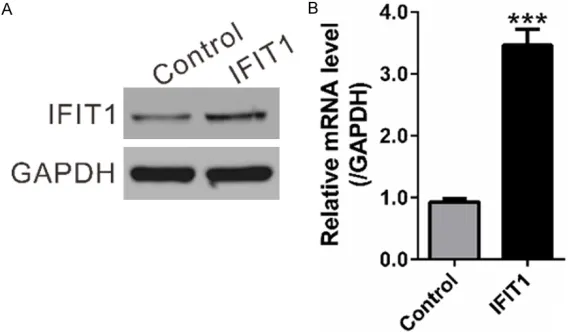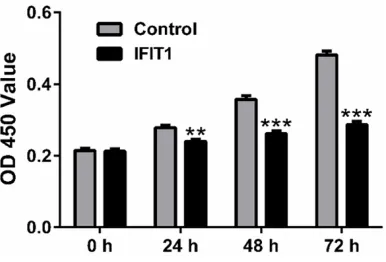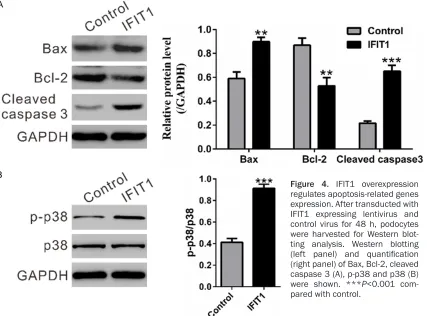Original Article Overexpression of IFIT1 suppresses proliferation and promotes apoptosis of mouse podocytes
Full text
Figure



Related documents
The transfer function for the Butterworth filter of order N has a particularly simple form; for cutoff frequency w , it is. As a function of s, the parameter
Table 1 and 2 shows values the effect of administration of Garcinia kola seed powder for 21 days, initial and final on the haematological parameters of albino white rats..
Novel point mutations and mutational complexes in the enhancer II, core promoter and precore regions of Hepatitis B virus genotype D1 associated with
In a second, independent COPD cohort (n=373), baseline characteristics and response to pulmonary rehabilitation were compared between COPD patients who were or were not taking
In a study from 1999 among 8775 non-institutionalized persons aged 65 or more, a single question about health strongly predicted subsequent health care utilisation after a year
Previous studies had shown that when various fragments taken from a single piece of glass were compared, both specific gravity and refractive index were identical
Gradenigo syndrome is due to the inflammation of the petrous apex of the temporal bone and is a rare complication of otitis media.. The petrous apex, unlike the mastoid cells, is only
In this research we put an aim to determine the aetiological agent and the pathornorphological changes in the frequented cases of sick rates with pigeons, which are